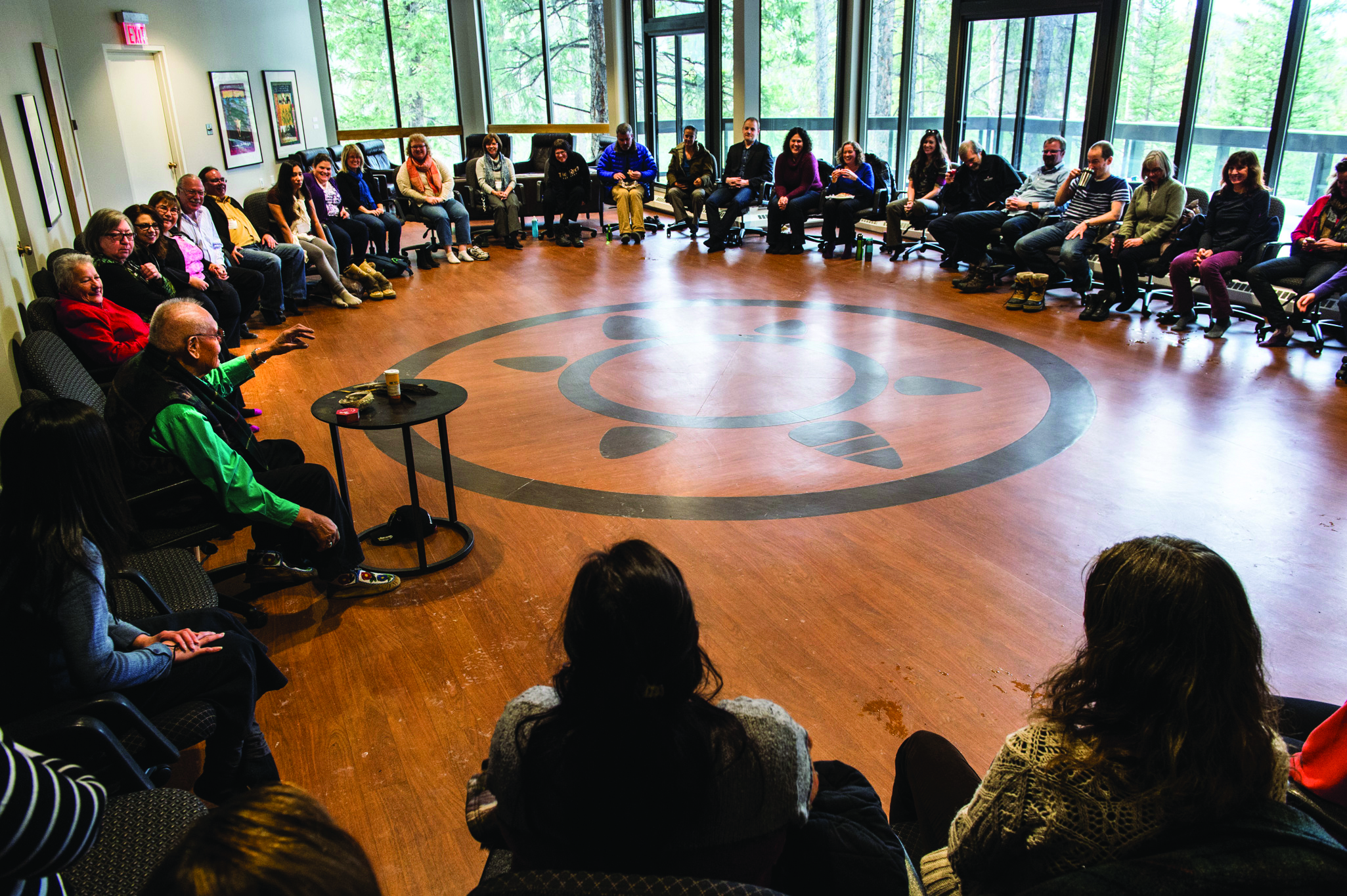Wise Practices for Indigenous Leaders Rooted in Identity and Culture

When I was first hired as chief executive officer for Nisga’a Lisims Government in 1997, I recall deciding that in order to become the best manager that I could for my Nation, I needed to find all the available literature that had been written for First Nations administrators.
Unfortunately, when I went looking, much of what I found had been written for big for- profit corporations. There seemed to be an overwhelming number of books with numerous authors and writers prescribing their latest miracle cure for all the world’s management ills: balanced score-card, Theory Z, re-engineering, total quality management, etc.
Whenever I would try to understand or apply these theories, it soon became evident that the writer was describing a situation where these theories applied that does not contemplate First Nations or the challenges First Nations communities face. So it became difficult to apply these ideas, or to get buy-in from other staff. I soon learned that what is considered ‘best’ is what works for you as a First Nations administrator in your government office.
In part, this is the idea behind what the Harvard Project on American Indian Economic Development project terms a cultural match. What works best for you is typically consistent with your culture and values as a community. To distinguish this from ‘best’ practices, a practice that works for your organization and community is better described as a wise practice.
Cynthia Wesley-Esqimaux, The Banff Centre’s first Nexen Chair in Indigenous Leadership, and Brian Calliou, director for Indigenous leadership programs at The Banff Centre, co-authored a study of research into wise practices and highlighted identity and culture as key to successful practices.
As faculty, Margaret Froh and I have incorporated many examples of wise practices from First Nations into the curriculum. As faculty leader, Froh is committed to putting these ideas to the test.The results have been impressive. Once we as faculty began to share stories of how our cultural practices helped shape a wise practice for governance in our communities, learners opened up and shared stories from their culture and began to draw out the lessons from their own values and traditions to improve their governance operations in the community.
In other words, wise practices for good governance for First Nation communities can be found in the language, stories, culture, and teachings of your own community, and traditions of your own Nation.
When I reflect on my search ‘out there’ for wise practices in governance, I find it a pleasant irony that my journey brought me back home to my own culture, language, and traditions in governance.
Gabileh.
Edward Allen is currently principal to his own business, First Nations Management and Governance Services. His Nisga’a name is Nawowtkw, which means “grizzly bear coming upon the village”. Allen is a member of the Eagle Tribe from the House of Luuyaas of the Nisga’a Village of Gingolx, in Northwestern British Columbia. He has a Bachelor’s degree in Political Science, from UBC and a Bachelor of Laws from Osgoode Hall in Toronto.